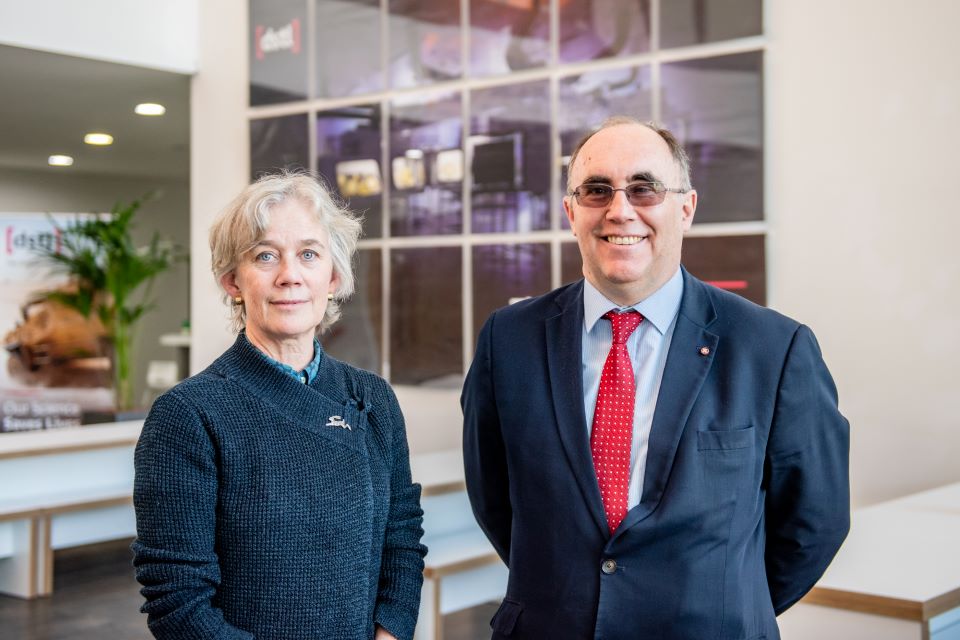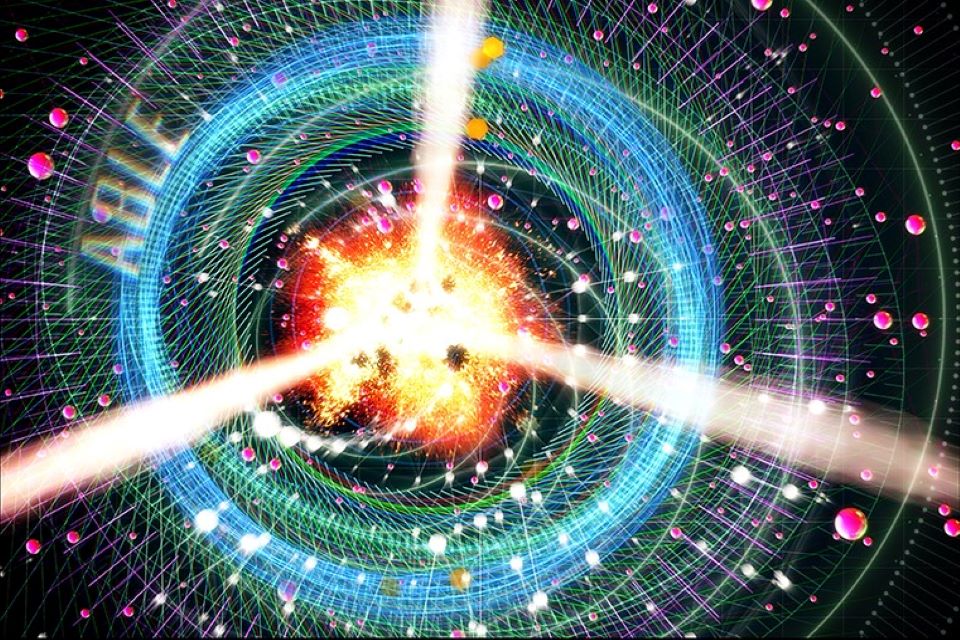Futuristic visions from sci-fi writers offer insights for defence
The world-class teams at Dstl work with the top minds from across military, academia, industry… and now science fiction.

Thinking the unimaginable is simply a day in the office for talented sci-fi writers… who wouldn’t want to hear what people like that have to say?
These words from Chief Scientific Adviser (CSA) Dame Angela McLean were the basis on which 2 renowned sci-fi writers were tasked with creating 8 visions of the future.
PW Singer and August Cole have applied their writing skills to emerging technologies and threats that may arise during the next 20 years on behalf of the Defence Science and Technology Laboratory (Dstl).
In addition to being an author Mr Cole is a consultant on issues surrounding national security and the future of warfare and was formerly a defence journalist for the Wall Street Journal in Washington.
Mr Singer is a political scientist and a scholar on international affairs and 21st century warfare. He is also a bestselling author of both fiction and non-fiction books.
In addition to their own impressive credentials their extensive research into the areas covered in the stories and interviews with our subject-matter experts are woven into each narrative to ensure they give relevant insights that could help inform the future of defence.

Dame Angela McLean with Dstl Chief Exec Paul Hollinshead
Dame Angela added:
The world-class teams at Dstl work with the top minds from across military, academia, industry… and now science fiction.
The writers of this genre have been years ahead of their time in predicting the modern world around us from the internet and mobile phones to the electric submarine and driverless cars.
Defence needs to harness the creativity and vision of this sector to further stimulate foresight and innovation to develop agile and resilient solutions for the future.
For generations sci-fi writers have prophesised about futuristic technologies that have later become world-changing realities.
Such authors have predicted – or inspired - inventions from cell phones and credit cards to submarines and driverless vehicles.
Dstl also believes the lessons about potential future threats are more impactful when woven into stories as opposed to more traditional ways of learning.

The stories are told in a variety of formats from first person and third person to newspaper clippings and obituaries.
There are echoes of military history as well, notably the underwater retrieval of enemy tech mirroring the recovery of the enigma machine in World War II and two enemies ceasing fighting to have a football match as famously took place in World War I.
The Stories from the Future publication opens with A Glimmer of Hope, a short story which looks at the future impact of quantum computing in the context of a battle and the capture of novel technology.
The Solstice Cup focuses on human enhancement featuring ‘perfs’ who can run at 30 mph playing a football match with enemy forces.
The potential impact of AI is explored in a battle exercise in The AI of Beresford Bridge while the ethics around data and data modelling are the subject of A Model Peace.

The threats and opportunities that could arise with new computing paradigms are under the microscope in Chasing Glory. This features the broadcast of a digital reporter aboard an uncrewed supply convoy under attack.
Green Wars looks a societal shift towards a net-zero world of carbon dioxide emissions and conflicts over who would own and control the new technology and resources in the future.
The Measure of a Mind explores the way ever nuanced data could be used to give greater insight into human behaviour and therefore be subject to manipulation to control the ways individuals and groups behave based on cyberpsychology.
Silent Sky is set in 2040 and focuses on the threat posed by drones when the skies are filled with huge numbers undertaking various tasks with various degrees of autonomy.

Defence Science and Technologies Futures (DSTF) Programme Manager Sarah Herbert said:
We are always looking for science and technology that will meet the challenges of generation after next threats.
In our choice of authors we have a unique combination of literary skills and defence expertise that can help us glimpse what the future may hold.
This project is one of many innovative ways we strive to keep people safe and give our armed forces a strategic advantage.
Last year Dstl held a competition for university students to imagine the threats and opportunities that may be relevant in the next 25 years and write an essay explaining these.
Prizes were given to the best entries and the top ten were published in a journal.